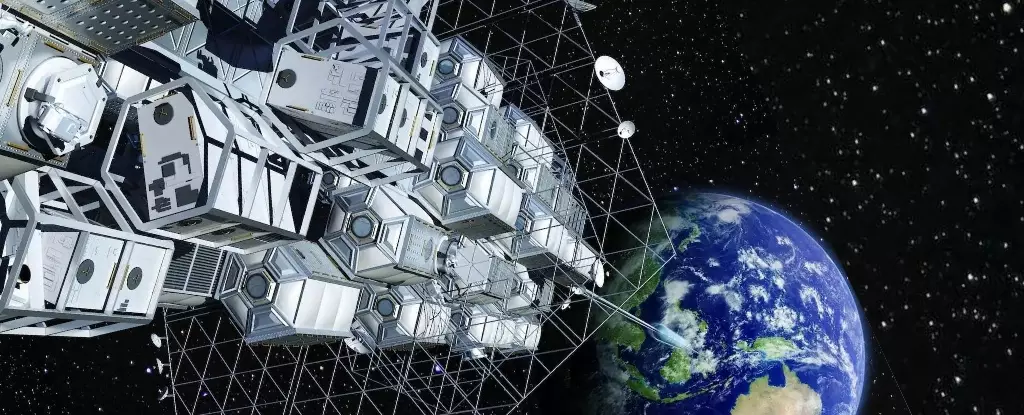The idea of a space elevator sparks visions of cutting-edge technology and rapid space travel. The concept involves a tether connecting Earth to space to enable efficient launches and expeditions to other planets. It presents the potential for reducing travel time to Mars from months to mere days or weeks. While the notion is not new, the actual construction of a space elevator remains a daunting task due to numerous obstacles that extend beyond technological barriers.
Obayashi Corporation, renowned for building the Tokyo Skytree, disclosed plans in 2012 to embark on constructing a space elevator by 2025, with operational targets set for 2050. Yoji Ishikawa, a key figure in the project, mentioned ongoing research, development, and collaboration efforts to bring the vision to fruition. Despite optimism, doubts loom regarding the feasibility of such a colossal structure. Skeptics raise valid concerns about the practicality and hurdles associated with the project.
The exorbitant expense of conventional rocket launches poses a significant challenge for space exploration. The rocket equation highlights the substantial costs incurred due to the heavy fuel requirements for propelling spacecraft into orbit. In contrast, a space elevator eliminates the need for rockets and fuel by employing climbers powered through alternative means like solar energy or microwaves. This innovation promises a significant reduction in transportation costs, potentially dropping the price per pound of cargo to a fraction of existing rocket launch expenses.
An essential aspect of constructing a space elevator involves selecting suitable materials for the tether or tube. Traditional options like steel pose limitations due to the immense tension the structure would endure. Carbon nanotubes emerge as a promising choice due to their lightweight and robust properties, offering a viable solution to reduce the tube’s size and weight. However, challenges persist in scaling nanotubes to the necessary length required for a space elevator tether, necessitating the exploration of novel materials to address this critical issue.
Beyond material concerns, a space elevator faces a host of technical and environmental risks that could jeopardize its structural integrity. Factors like lightning strikes, extreme weather conditions, and potential terrorist threats pose imminent dangers to the tether’s stability. Locating the tether base strategically at the equator and in open ocean areas aims to mitigate risks, yet the vulnerability to external hazards remains a pressing issue that requires meticulous planning and precautionary measures.
The complexity of building a space elevator transcends the capabilities of a single entity, necessitating extensive partnerships and collaborative endeavors across various industries. Securing adequate funding stands out as a critical barrier to realizing the ambitious goal of operationalizing a space elevator by 2050. Ishikawa emphasizes the importance of cooperation and resource mobilization to surmount the intricate challenges associated with constructing a groundbreaking infrastructure on a global scale.
The path to constructing a space elevator is fraught with formidable obstacles encompassing technological, logistical, and financial complexities. While the concept holds immense potential for revolutionizing space travel and exploration, overcoming the myriad challenges requires concerted efforts, innovation, and strategic partnerships to transform this visionary idea into a tangible reality. Despite the uncertainties and setbacks, the pursuit of a space elevator underscores humanity’s relentless pursuit of progress and innovation in unlocking the mysteries of the cosmos.


Leave a Reply